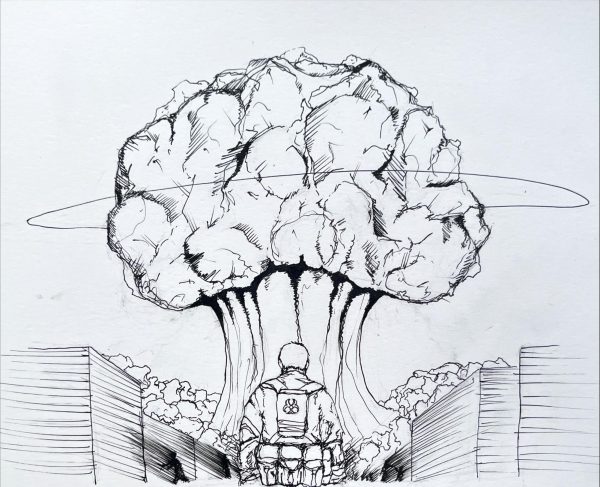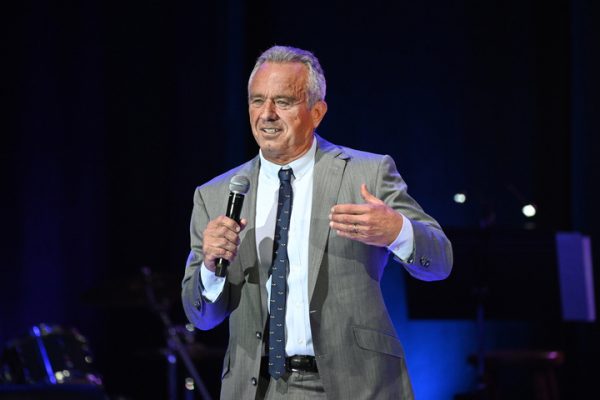Better children’s future in president’s hands
March 6, 1991
The Washington Post
With near-perfect timing, the Committee for Economic Development, a policy and advocacy group made up of 250 leading business executives, chose the morning after President Bush’s speech ending the Persian Gulf War to remind Americans of “the unfinished agenda.”
In language that would be suspect if it came from a liberal band of do-gooders, but actually carried the imprimatur of bosses of Aetna, Arco, Ciba-Geigy, Texas Instruments and the like, the report said:
“Unless we act swiftly and decisively to improve the way we invest in our most important resource—our nation’s children—we are jeopardizing America’s survival as a free and prosperous society and condemning much of a new generation to lives of poverty and despair.”
Bold words, but not as surprising from this group of executives as they first seem. Twice before, in 1985 and in 1987, the CED’s research and policy committee has addressed the topics of school reform and early childhood programs.
Those reports spurred local and state efforts to see that children start off life with adequate health care and nutrition and that they have a chance to develop their skills, from age three to graduation.
The reason this new report is called “The Unfinished Agenda—A New Vision for Child Development and Education” is that the business executives, like the governors and others grappling with this challenge, have come to understand the complexity of the task.
They now realize piecemeal efforts to remove one or another roadblock from a child’s path to adult citizenship and economic self-reliance will not succeed.
“Many people are trying to do the right thing,” said James J. Renier, chairman of Honeywell, Inc., and head of the task force that wrote the report.
“But the system is not designed” to permit the kind of “comprehensive and coordinated human-investment strategy for child development and education” that he and his colleagues think is needed.
In Minneapolis, where he has turned over part of company headquarters to house a school for teenage mothers, Renier found himself battling bureaucracies and rigid federal and state regulations.
Even more than additional money, he and his colleagues concluded that the system must be redesigned to do two things.
First, it has to reach out into the community to enable parents, especially those with meager educations of their own, to avail themselves of the services their children need.
And second, it must deliver continuing social services at school to help youngsters become active, eager students while allowing teachers to concentrate on their real job of education.
The social service agencies already exist in most communities, but too often are not readily available at school sites.
Paying for such an effort is financially possible, they say. The annual additional federal spending that would be required to provide prenatal care, diet supplements to pregnant women and infants, immunizations, infant and toddler care and pre-school Head Start programs to all the nation’s poor children is about $10 billion.
That’s about what two weeks of Operation Desert Storm cost us.
The real question the report raises is whether a nation which coordinated brilliantly an international military rescue mission for Kuwait can coordinate a similar mission to rescue its own children.
Rescue them from what? From a situation where a rising percentage of them (one of four under age six in 1989) live in poverty, where one in four drop out of school before the 12th grade, and where far too many graduates lack the language, math and critical thinking skills needed for productive work in the new economy.
With America’s decentralized system of social services and proud tradition of locally controlled schools, no domestic Gen. Norman Schwarzkopf can issue the orders or even draft the battle plan for this rescue mission.
But a president could—if he wished—designate this as a challenge confronting the whole nation.
The good news, say these business executives, is that over the past decade, enough experiments have been conducted in enough places so that “we know what works in education and child development.”
The CED report is filled with brief descriptions of local and state models that have achieved significant results. Many of the smaller-scale experiments have been foundation-financed.
The common feature of those that are large enough to require tax support is that they have been developed through a consensus process, involving political leaders, business and professional officials and the broad mass of voters.
A similar effort, led by the president, could save a generation—and secure the nation’s future.












